Könnyen bővíthető ipari komposztálási technológia, biológiailag lebomló hulladékok kezelésére
Már 44 telepen vagyunk jelen az országban
Piacvezető cég vagyunk Magyarországon
Az elmúlt 20 év során a saját komposztálási technológiánkat fejlesztettünk és helyeztünk üzembe országszerte. Több mint 40 referencia teleppel rendelkezünk.
20 év extenzív tapasztalattal rendelkezünk
Nem csak komposztálási technológát fejlesztünk, hanem hosszú évekig üzemeltettük az általunk épített, 18 000 tonna éves kapacitású, ipari komposztáló telepünket is Tárnokon.
Technológiánk megfelel az Európai Uniós irányelveknek
Az általunk fejlesztett technológia szerepel az Európia Unió BAT (legjobb rendelkezésre álló technológiák referencia dokumentum) listáján is.
Költséghatékony megoldást kínálunk
Takart, levegőztetett komposztálás a legköltséghatékonyabb megoldás, amikor ipari méretű komposztálásról van szó.
100%-ban hazai fejlesztésű a technológiánk
A kutatás és fejlesztés hazai partnereink bevonásával történik. Folyamatosan fejlődünk, követve a piac igényeit.
Mindenre kiterjedő támogatást biztosítunk
Partnereink bármikor elérnek minket, ha segítségre van szükségük. A projekt átadást követően is aktívan segítjük a hulladékkezelő telepek munkáját.
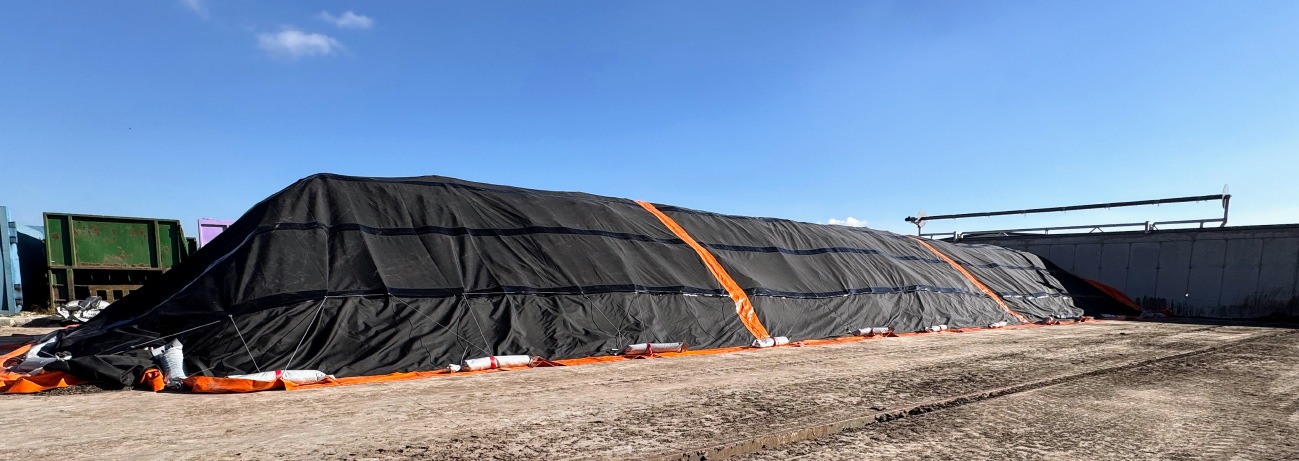
Komposztálás
Compostal Technológia® segítségével bármely biológiailag lebomló hulladék hatékonyan kezelhető. A bejövő hulladékoktól függően, a folyamat végén kaphatunk magas minőségű komposztot vagy olyan stabilizált komposztot, amely felhasználható szervesanyag-utánpótlásra és talajjavításra a mezőgazdaságban.
A komposztálás folyamata során a bejövő biológiailag lebomló hulladék átalakul komposzttá. Az exoterm biokémiai bomlás sterilizálja a komposztot, eltávolítja a mikroorganizmusokat, a spórák többségét és az ezek szaporodását biztosító szerves anyagokat.
Aerob komposztálást használnak kommunális hulladék biológiai stabilizálására is, a deponálást megelőzően.
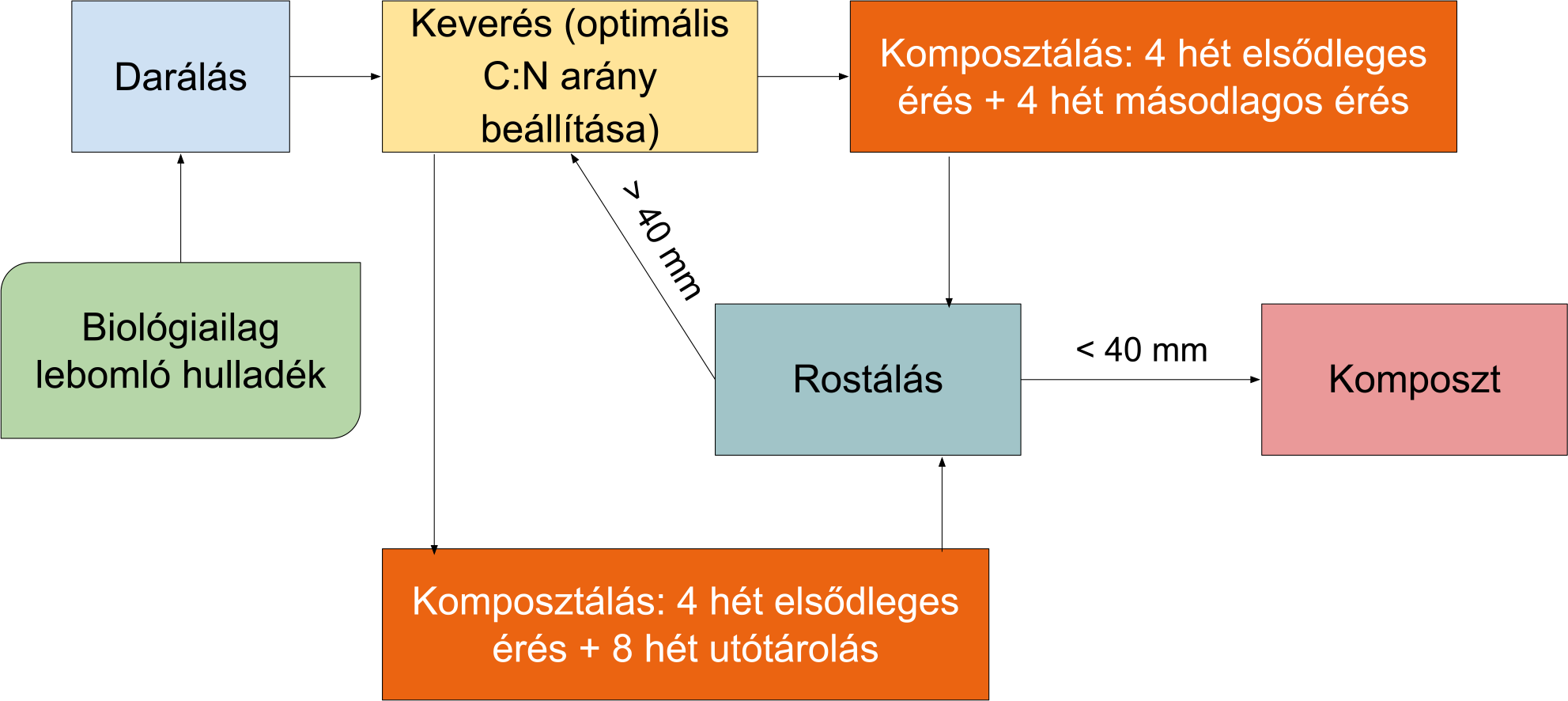
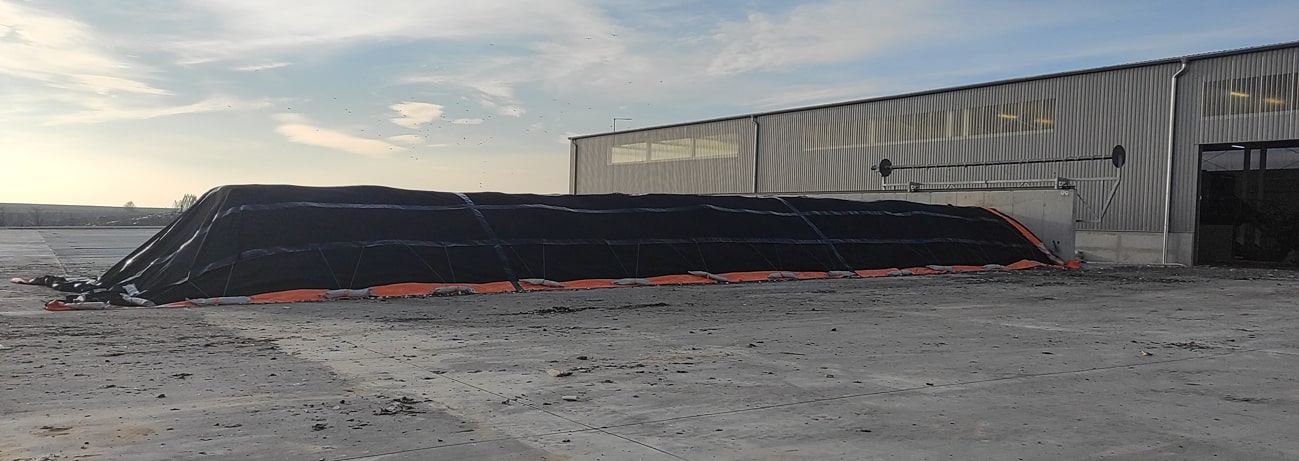
Mechanikai-biológiai hulladékkezelés (MBH)
A Compostal Technológia lehetővé teszi lakossági hulladék mechanikai-biológiai stabilizálását, mielőtt az a hulladéklerakóra kerülne. Mechanikai-biológiai hulladékkezelést (MBH) azzal a céllal tervezik, hogy a bejövő hulladékáram értékes komponenseit kinyerjék, és a megmaradt hulladék biológiailag lebomló frakcióját stabilizálják. Gyakran a megmaradt hulladék egy részét feldúsítják, és fűtőanyagként hasznosítják erőművekben.
Az MBH folyamat végén keletkezett anyag térfogata jelentősen alacsonyabb a kiindulási anyagtól. Amennyiben a biológiai stabilizáció megtörtént, akkor a metán és szagemisszió 90-98%-al csökken a deponálást követően a nem kezelt lakossági hulladékhoz képest.
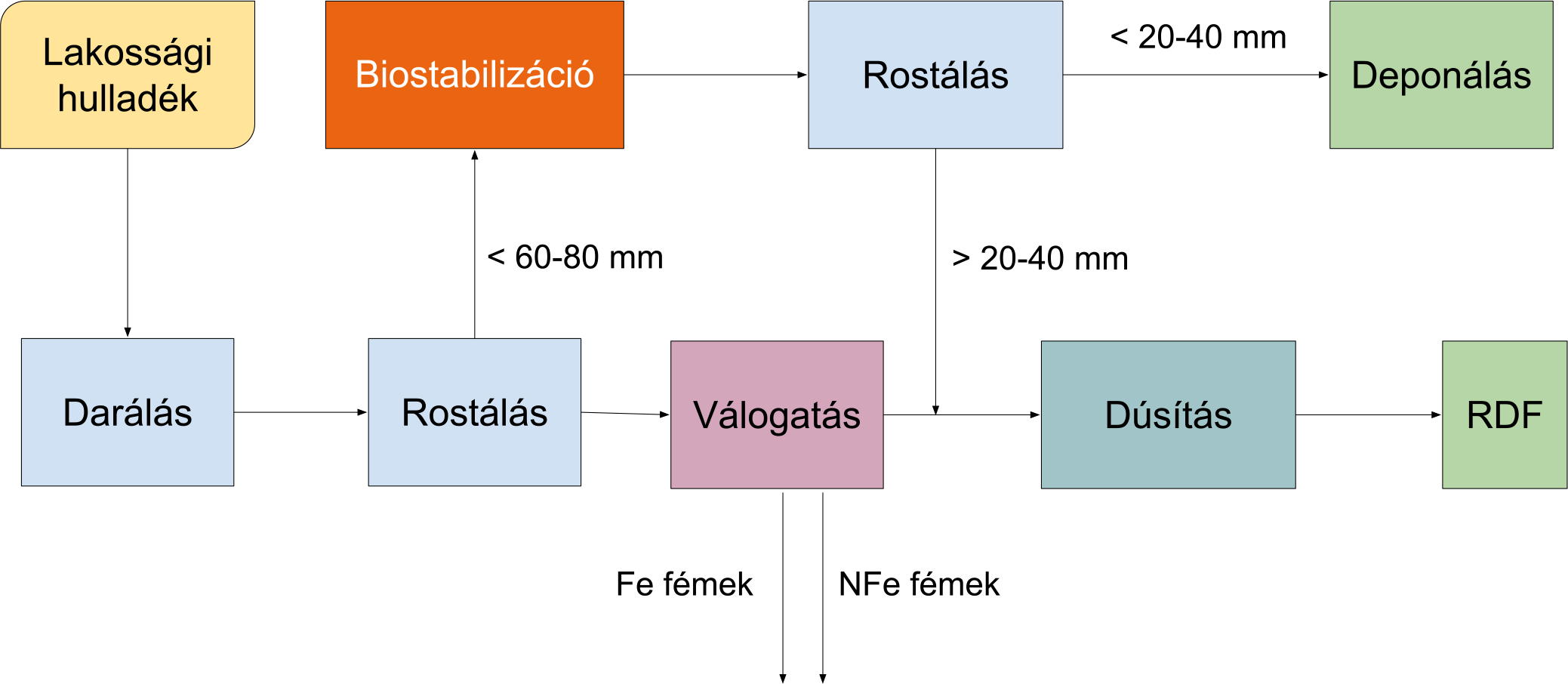
A videó egy újonnan épült MBH telep próbaüzemét mutatja be. A komposzt takaró felhúzása a prizmára mindössze 10 perc volt a személyzetnek, akik korábban még nem csináltak ilyet. A takaróanyag speciális varrási technikával horizontális és vertikális irányban is megerősített, hogy munkagéppel is lehessen húzni.
Compostal Cover®
Az aktív komposzt prizmákat szemipermeábilis takaróanyaggal takarják le, amely visszatartja a szagemisszió 98%-át, ezen kívül meggátolja ammónia, por, bioaeroszolok és illékony szerves vegyületek kijutását a légkörbe.
A speciális, direkt komposztálásra kifejlesztett többrétegű takaróanyag közepén féligáteresztő ePTFE membrán található. A gázemisszió visszatartása kettős elven alapul, az első a membrán pórusátmérője, a második a membrán belső felületén képződő kondenzációs réteg, amely egyfajta biológiai mosóként működik, feloldva a gáz halmazállapotú anyagokat.

A gravitációs erő miatt vízcseppek formálódnak a ponyva belső felületén, egybefüggő filmréteget képezve. A filmréteg cseppjei folyamatosan keletkeznek és egy részük folyamatosan visszamosódik a kezelt anyagba. A visszamosódás biztosítja a hatékony szagemisszió visszatartást. A másik legfontosabb szerepe a szemipermeábilis membránnak az, hogy szabályozza a kezelt anyag nedvességét, és nem hagyja kiszáradni azt a komposztálás során.
A takart-levegőztetett technológia előnyei:
- Alacsony energiaigény, kezeléstől függően: 1.5 – 4 kWh energia szükséges 1 tonna anyag komposztálásához
- A biofilterekkel ellentétben itt nincs lerakódás a filterekben, a komposztálás során felszabaduló por, szaganyagok, gázok és bioaeroszolok egyszerűen visszamosódnak a kezelt anyagba.
- Megfelelő levegőztetés és nedvesség mellett a szagemisszió 90-98%-al csökken a modern, szemipermeábilis takaróanyagnak köszönhetően.
- Sokkal kevesebb CO2 kibocsátással jár a takart-levegőztetett komposztálás, mint bármely más megoldás, mert nem szükséges forgatógépet használni és/vagy aktív biofiltereket.

Compostal Technológia®
Villamos-, gépész-, és mérnökinformatikusok fejlesztik azt a technológiát, amellyel évente több mint 400 000 tonna hulladékot kezelnek országszerte. Az elmúlt 20 év során egy olyan terméket hoztunk létre, amely versenyképes alternatívája a nyugati cégek technológiáinak. Kisméretű, hatékony cégként gyorsan és rugalmasan tudunk megoldást kínálni egyedi igényekre is.
A takart, levegőztetett komposztálás költséghatékony és környezetbarát módja annak, hogy többféle biológiailag lebomló anyagot kezeljünk - akár egyidőben is! A Compostal Technológia® teljesen moduláris, és könnyen bővíthető.
A Compostal Technológia® fő komponensei:
- Compostal Cover®
- Ponyvacsévélő
- Irányítástechnikai szoftver SCADA és modbus támogatással
- Terepi modulok
- Ipari ventilátorok
- Hőmérséklet és oxigén szenzorok
Az általunk fejlesztett technológia szerepel az Európia Unió BAT (legjobb rendelkezésre álló technológiák referencia dokumentum) listáján is: Best Available Techniques (BAT) Reference Document for Waste treatment Industrial Emissions Directive 2010/75/EU.
TÜV szabványosított komposztakaró
Magyarországon fejlesztett és gyártott, magyar partnerek bevonásával

EU BAT listán szereplő technológia

.NET alapú ipari irányítástechnikai rendszer

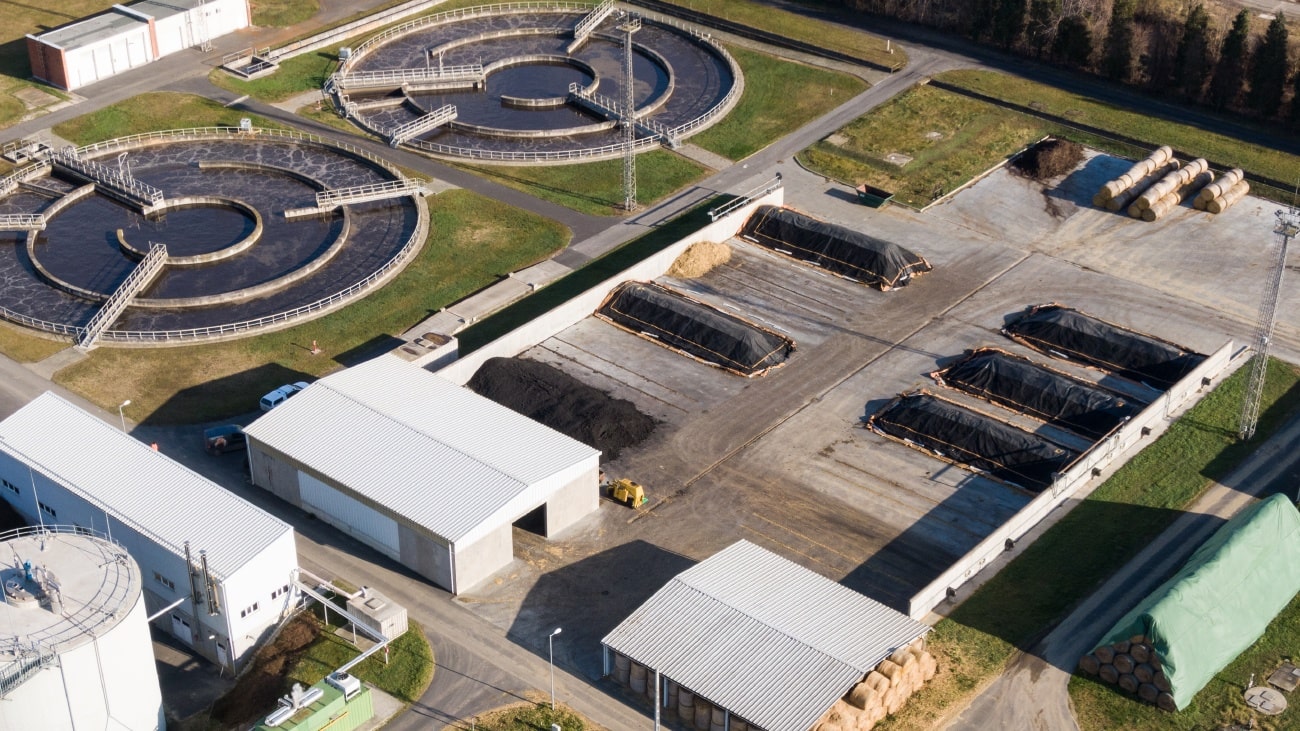
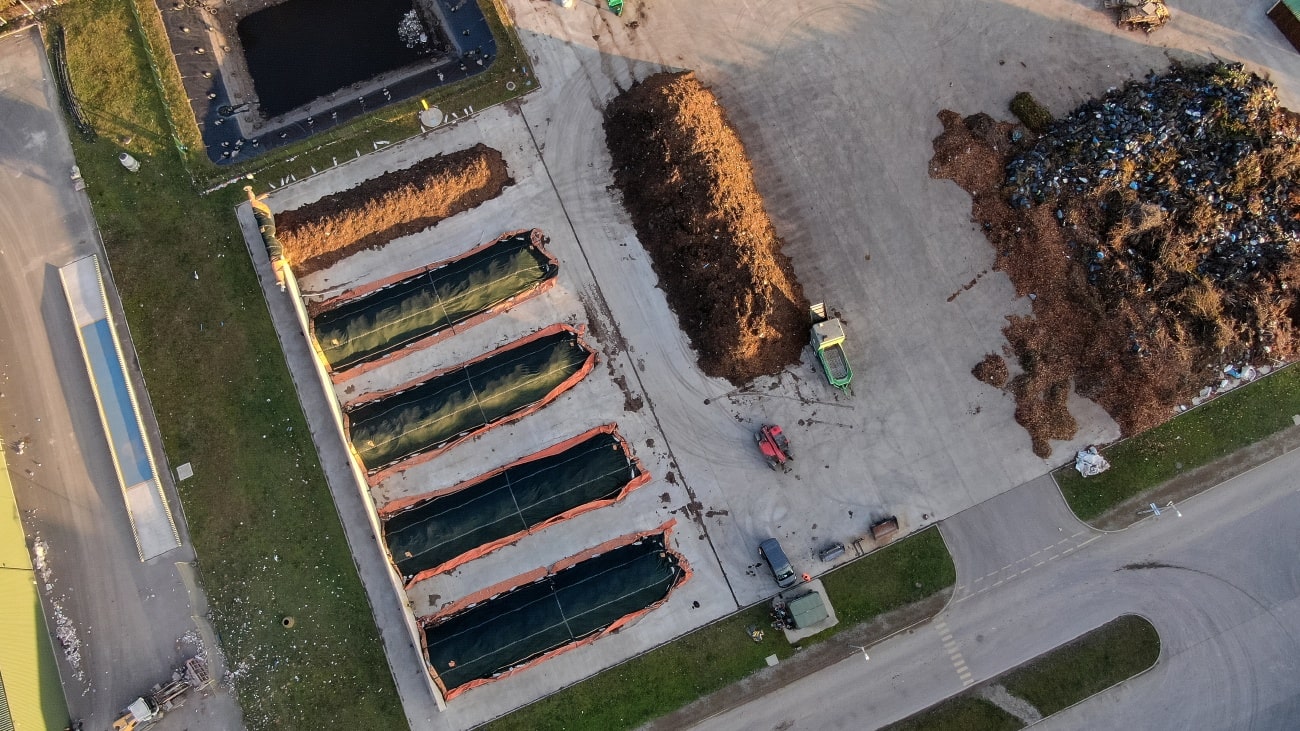
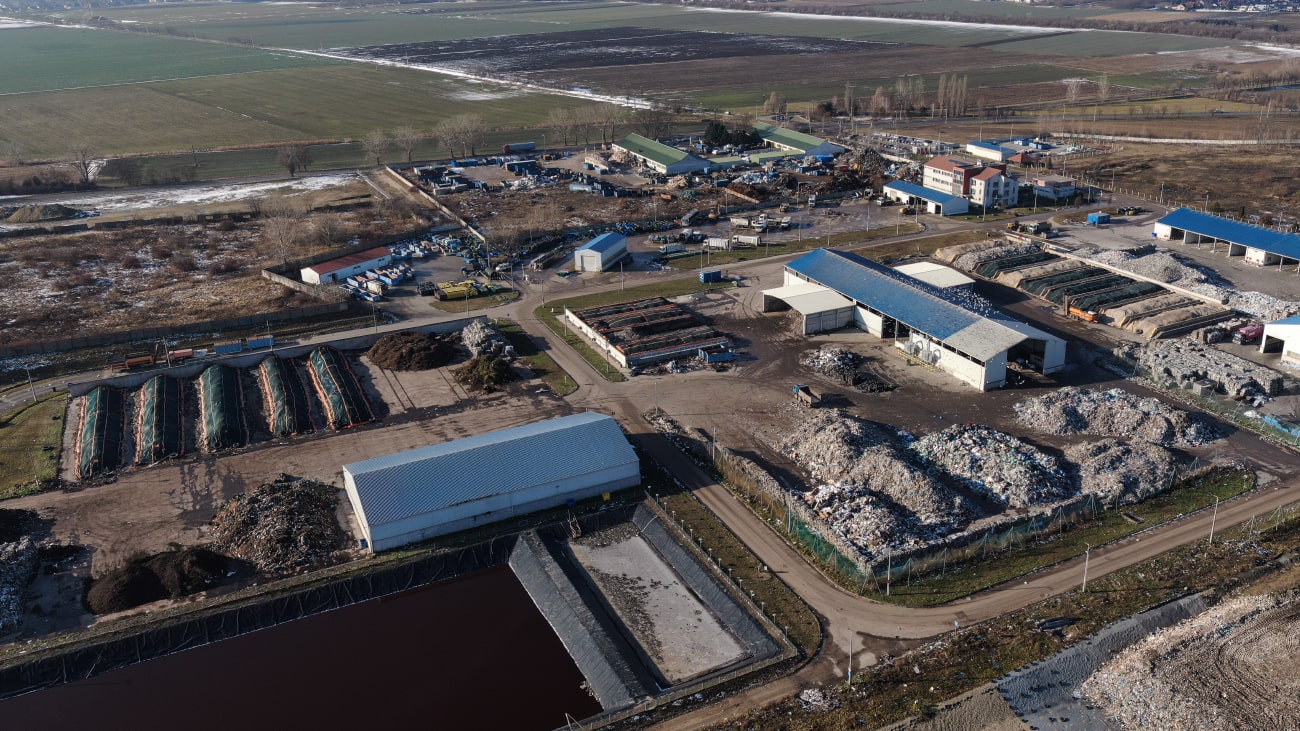
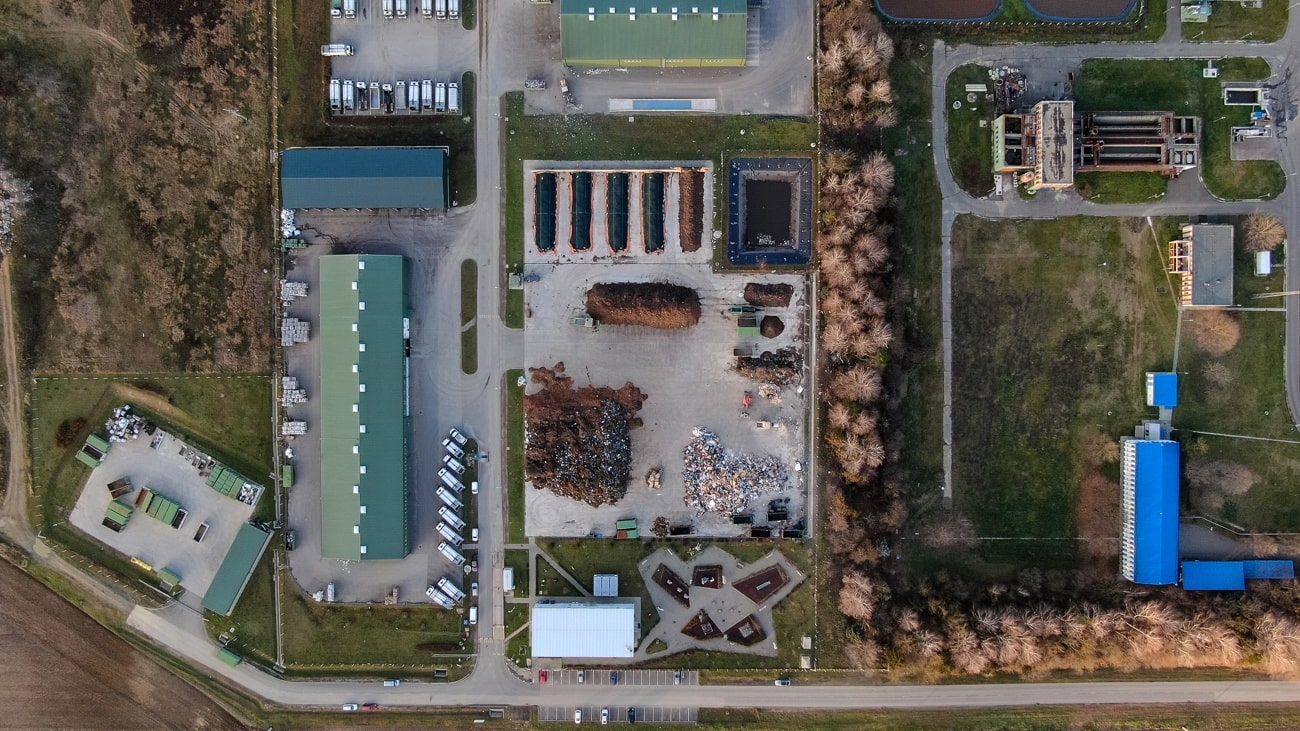
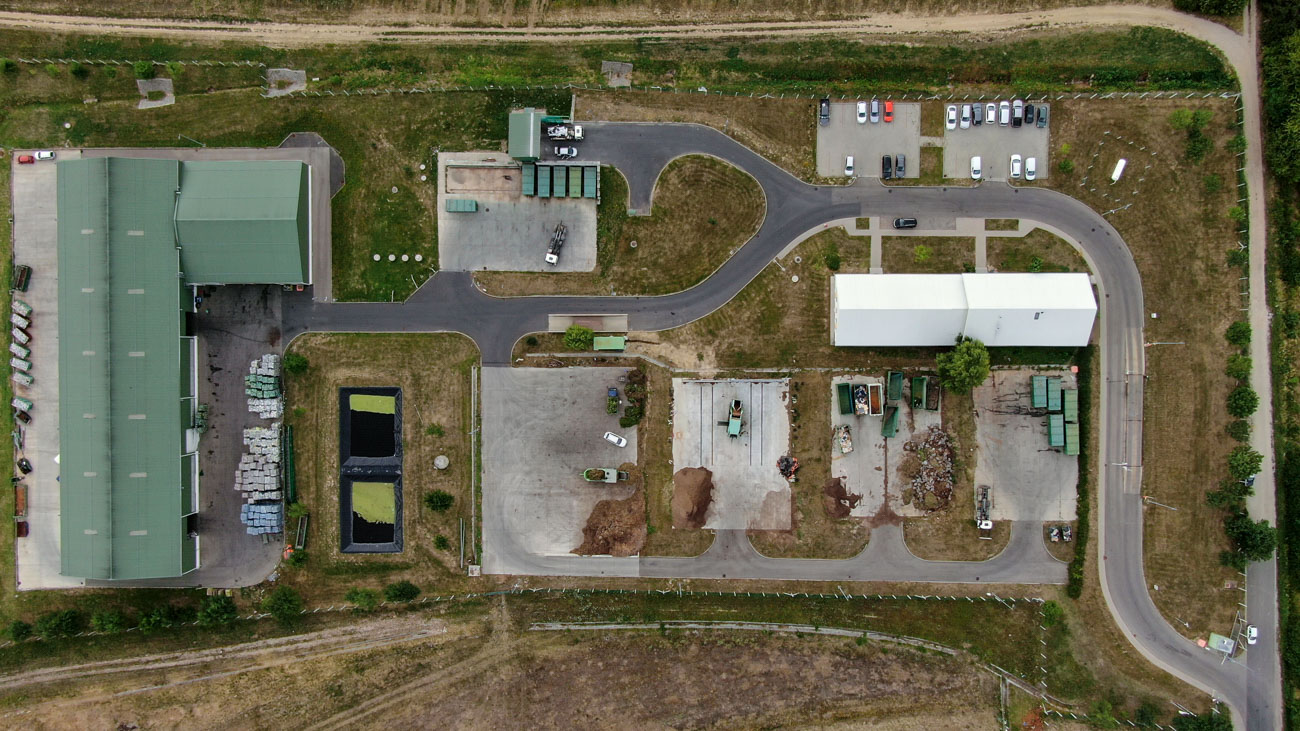
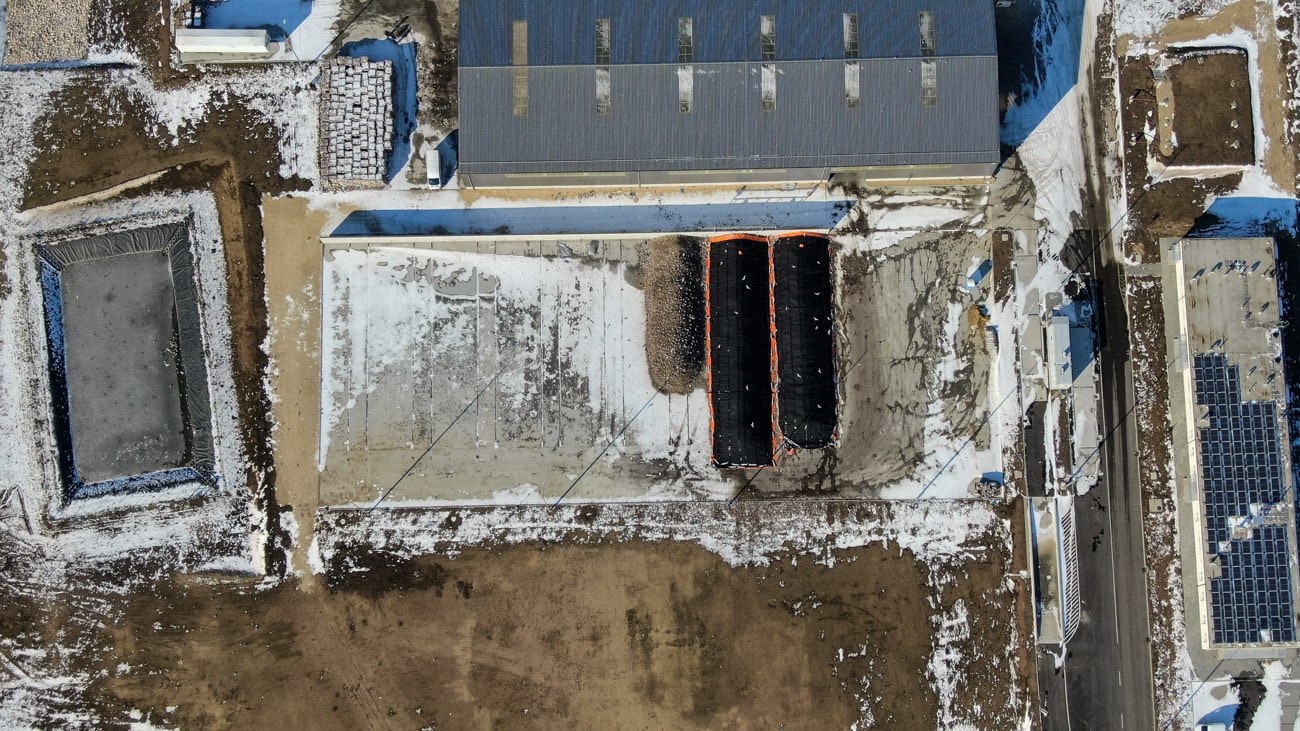
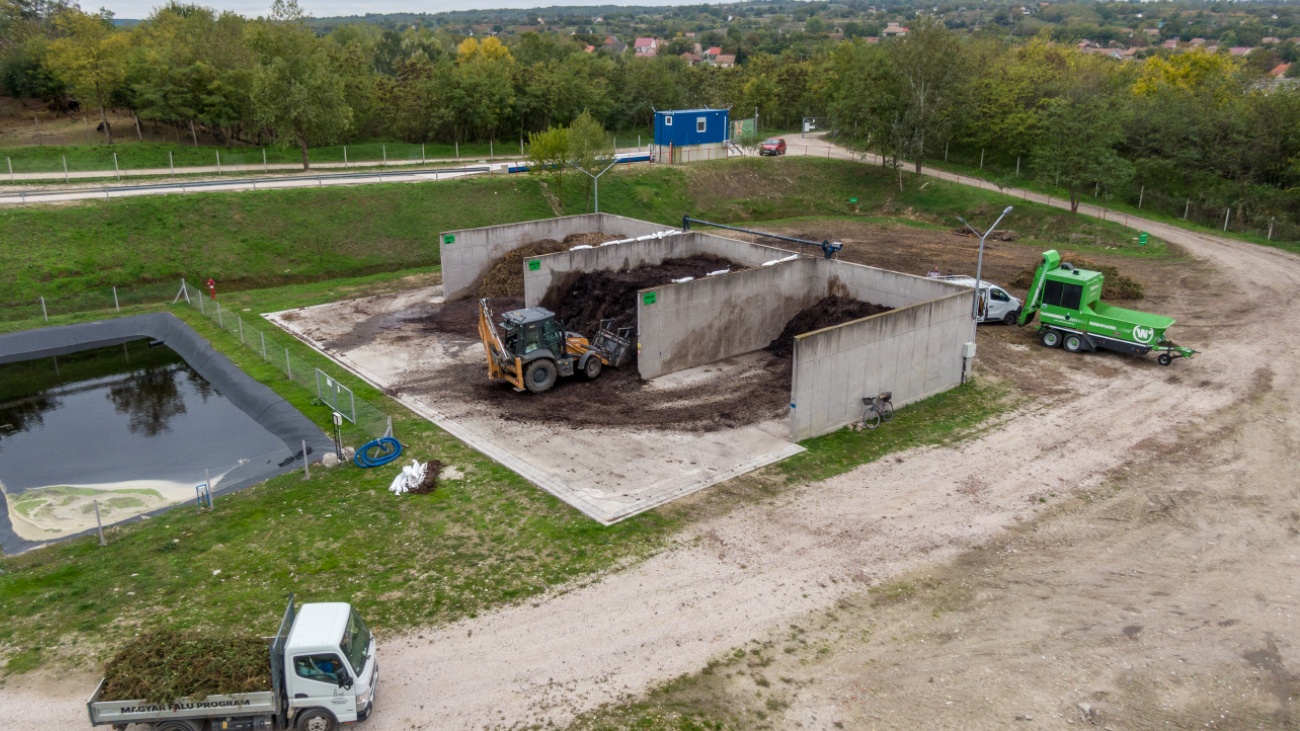
 Compostal Kft.
Compostal Kft.



